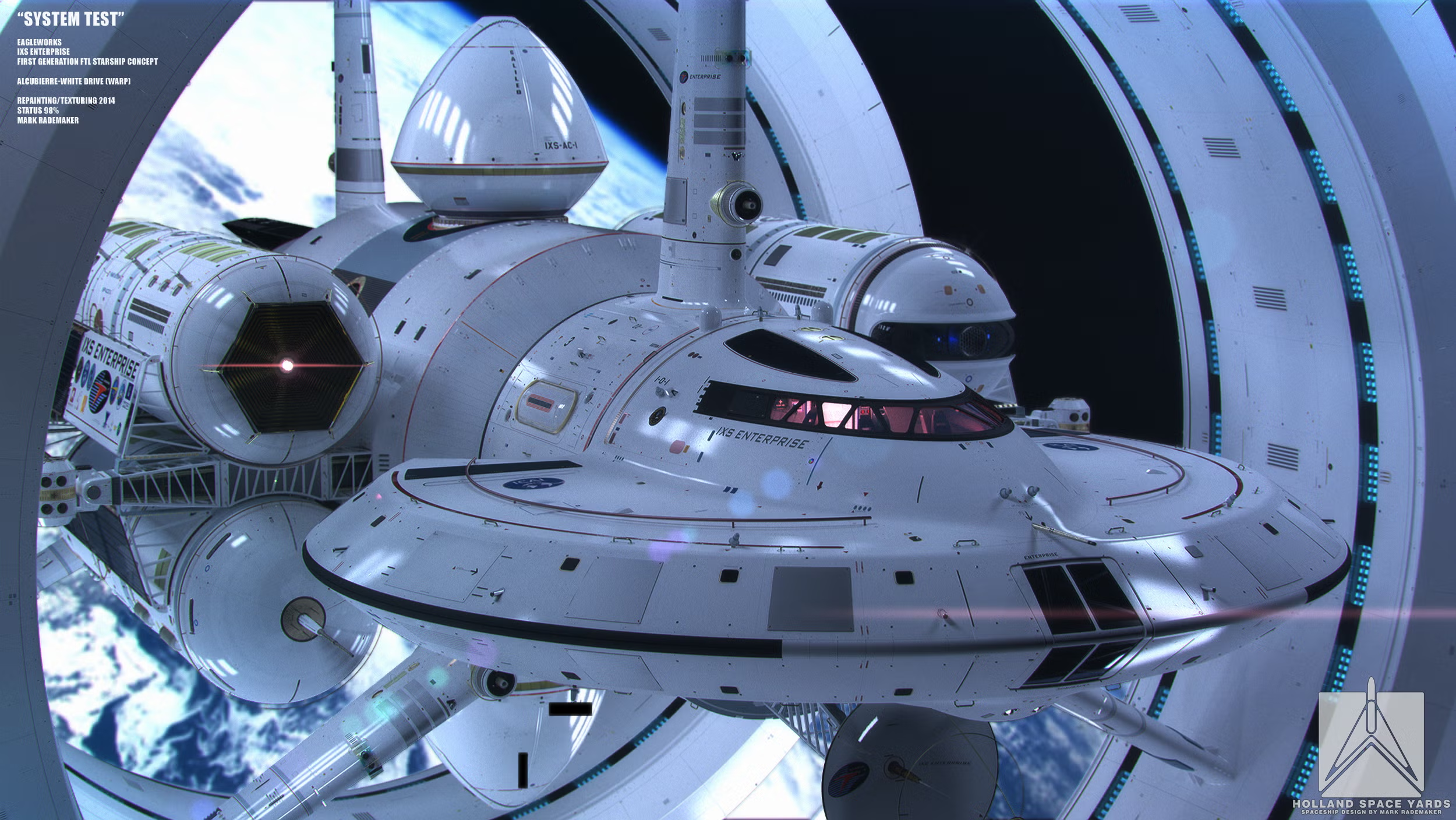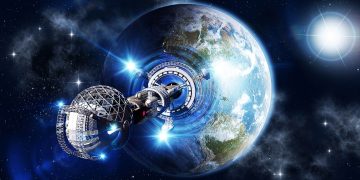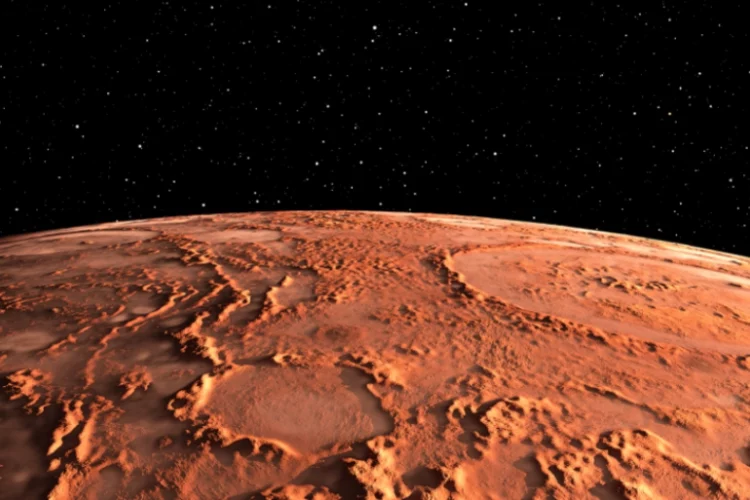Introduction
For decades, Mars has captivated the imagination of scientists, explorers, and the general public alike. Often seen as the final frontier for humanity’s quest to expand beyond Earth, the idea of establishing a permanent human settlement on Mars is no longer just a science fiction dream. With advancements in space technology and growing interest from both government space agencies and private companies, such as NASA, SpaceX, and others, the possibility of human colonization of Mars seems increasingly achievable.
However, the question remains: are we truly ready to build a permanent settlement on Mars? Establishing a self-sustaining colony on the Red Planet would require overcoming significant challenges in areas ranging from life support systems to radiation exposure, and from resource management to long-term sustainability. This article delves into the multifaceted question of whether humanity is truly prepared to live on Mars, exploring the technological, logistical, ethical, and environmental hurdles that must be addressed in order to make this bold vision a reality.
1. The Technological Challenges of Colonizing Mars
A. Spacecraft and Travel Logistics
One of the first significant hurdles in establishing a permanent human presence on Mars is getting there. Mars is located approximately 225 million kilometers (140 million miles) away from Earth, and the journey to the planet takes several months. With the current technology available, a trip to Mars can take anywhere from six to nine months, depending on the relative positions of Earth and Mars in their orbits.
- Transportation Systems: The development of spacecraft capable of carrying humans and large quantities of supplies is critical. SpaceX’s Starship, a reusable spacecraft designed for interplanetary travel, is one of the most promising candidates for ferrying astronauts and settlers to Mars. However, the technological complexities involved in building a spacecraft capable of long-duration space travel, maintaining life support systems, and safely landing on Mars are immense.
- Energy Requirements for Space Travel: The spacecraft’s energy needs, including propulsion systems and onboard power sources, will need to be optimized to ensure a safe and efficient journey. Nuclear propulsion, for instance, is being explored as a potential solution to reduce travel time and provide the necessary energy to power spacecraft.
B. Life Support and Habitability
Once on Mars, the settlers would need a reliable, long-term life support system to survive. Unlike the Moon, Mars has a thin, unbreathable atmosphere composed mostly of carbon dioxide, with little protection from harmful radiation. Maintaining human life on Mars requires creating an artificial environment where water, oxygen, food, and waste management are all efficiently controlled.
- Atmospheric Control: Mars’ thin atmosphere presents a challenge for human settlers who rely on Earth’s oxygen-rich atmosphere to breathe. Developing technologies to produce breathable air on Mars, perhaps by extracting oxygen from the planet’s carbon dioxide, will be essential. Systems such as bioregenerative life support, which uses plants and microorganisms to produce oxygen and purify water, could offer a potential solution.
- Water Extraction and Recycling: Water is crucial for human survival, not only for drinking but also for food production and hygiene. Although evidence suggests that liquid water may exist in the form of underground ice or briny pockets, developing systems that can extract and purify this water will be essential. Additionally, the recycling of water, similar to what is done on the International Space Station (ISS), will be key to ensuring a sustainable water supply.
- Food Production: Mars has limited resources for agriculture. Settlers would need to develop innovative methods of growing food on the planet, possibly using hydroponics or other forms of space agriculture. Importing food from Earth would be expensive and unsustainable in the long run. Developing closed-loop agricultural systems capable of supporting human life is one of the major challenges to creating a permanent settlement.
C. Radiation Protection
Unlike Earth, Mars lacks a protective magnetic field and thick atmosphere, making it vulnerable to harmful cosmic and solar radiation. Prolonged exposure to this radiation can have severe health effects, including increased cancer risk and other long-term damage to human cells.
- Radiation Shields: To ensure the safety of settlers, spacecraft and Martian habitats must be equipped with advanced radiation shielding. Solutions could include building habitats underground or using local resources like Martian regolith (soil) to construct radiation-resistant structures. Another potential solution could be the use of water or hydrogen-rich materials, which are effective at blocking radiation.
- Health Risks: Beyond radiation, prolonged exposure to microgravity during the journey to Mars and the low gravity on the planet itself could lead to physical health issues for astronauts. Muscle atrophy, bone density loss, and fluid distribution changes are just a few of the challenges that need to be addressed through artificial gravity or other countermeasures.
2. Logistical and Economic Hurdles
A. Establishing Infrastructure
Before humans can establish a permanent colony, there needs to be a significant amount of infrastructure on Mars. This includes habitat modules, power generation systems, life support systems, and transportation networks. The construction of infrastructure on Mars would be a massive, ongoing endeavor, requiring enormous resources and careful planning.
- Building on Mars: One of the most innovative ideas for building habitats on Mars is the use of 3D printing technologies. 3D printers could be used to create structures from Martian materials, reducing the need to transport building materials from Earth. NASA’s recent developments in 3D printing and the use of Martian soil (regolith) for construction are key steps in this direction.
- Energy Supply: Establishing a reliable energy source is critical for the survival of settlers. Solar power is an obvious choice, as Mars receives sunlight, but solar panels may not be enough to power a colony long-term. Nuclear power is another potential energy source for Martian settlements, as it provides a continuous, stable energy output that isn’t affected by Martian dust storms or the planet’s distance from the Sun.
B. Economic Feasibility
The cost of sending humans to Mars and establishing a permanent settlement is astronomical. The estimated price tag for a Mars mission could easily exceed hundreds of billions of dollars. Funding such an endeavor will require not only government support but also private sector involvement.
- Private Sector Involvement: Companies like SpaceX, led by Elon Musk, have demonstrated significant interest in Mars colonization. SpaceX’s goal is to reduce the cost of space travel through reusable rockets and spacecraft, making it more feasible to send people and materials to Mars. However, the economic sustainability of a Mars colony will require continued innovation in cost reduction and resource management.
- Self-Sufficiency: For a Mars settlement to be sustainable, it needs to be self-sufficient, meaning it must be able to produce its own food, water, and energy, and manage its waste. This reduces the need for constant resupply missions from Earth, which are costly and logistically complex. Achieving this level of self-sufficiency is one of the major challenges for long-term colonization.

3. Ethical and Psychological Considerations
A. Psychological Challenges of Isolation
Life on Mars would be incredibly isolating. With a long journey to get there and no immediate return possible, settlers would face extreme isolation and confinement. The psychological challenges of living in such an environment, far from Earth and surrounded by a barren, hostile landscape, are significant.
- Mental Health: Prolonged isolation can lead to depression, anxiety, and other mental health challenges. The psychological well-being of settlers would be a top priority, with measures such as virtual communication with Earth, social support systems, and recreation being essential to mitigate these effects.
- Social Dynamics: In a closed environment, with a limited number of people, social dynamics could become strained. The psychological pressure of living in such confined spaces, with few opportunities for privacy or personal space, could affect relationships among crew members. Effective team-building, conflict resolution strategies, and regular psychological evaluations will be essential for maintaining a functional society.
B. Ethical Considerations
Establishing a colony on Mars raises numerous ethical questions. For example, what rights and responsibilities will Martian settlers have? Who will govern the colony, and how will resources be managed? Moreover, what impact will human activity have on the Martian environment? Should we be concerned about contaminating Mars with Earthly organisms or disrupting any potential extraterrestrial life?
- Planetary Protection: One of the main ethical concerns regarding Mars exploration is the risk of contaminating the planet with Earth-based microbes. There are strict planetary protection protocols in place to ensure that we do not introduce harmful organisms to Mars, which could harm potential microbial life forms or the planet’s ecosystem.
- Governance: As Mars colonization becomes a reality, the question of governance will need to be addressed. Who will have authority over the colony? Will it be a multinational effort, or will individual countries or private companies assert control? Establishing a legal framework for a Martian society will be a complex and controversial issue.
4. Conclusion: The Road Ahead for Mars Colonization
The dream of establishing a permanent human settlement on Mars is no longer just a vision of the future. With technological advancements, private sector involvement, and global interest, the idea is becoming more feasible. However, there is still much work to be done before humanity can set foot on Mars with the intention of staying for good.
The challenges involved in colonizing Mars are immense. We need to overcome technological, logistical, economic, psychological, and ethical hurdles. But with the right investment, innovation, and international cooperation, humanity may one day establish a permanent presence on Mars.
In the end, the question is not just whether we are technologically ready to colonize Mars, but also whether we are willing to address the moral, social, and environmental implications of this extraordinary leap. As we move closer to the realization of this monumental goal, we must carefully consider both the possibilities and the responsibilities that come with being the first generation to live on another planet.
















































Discussion about this post